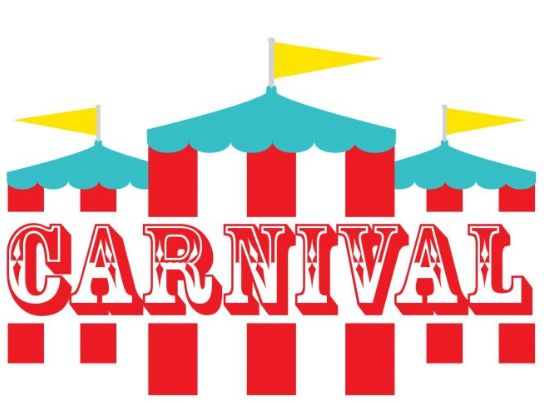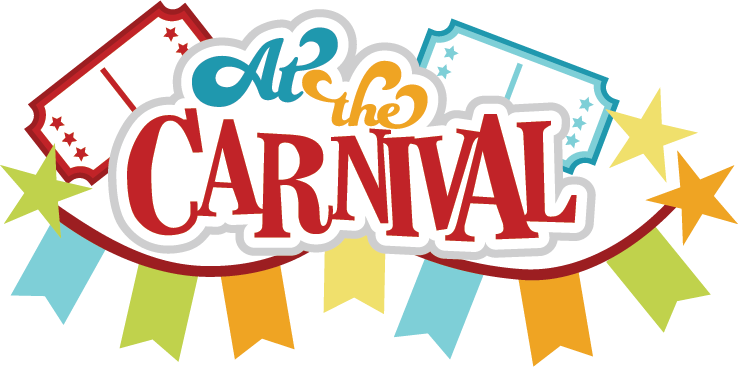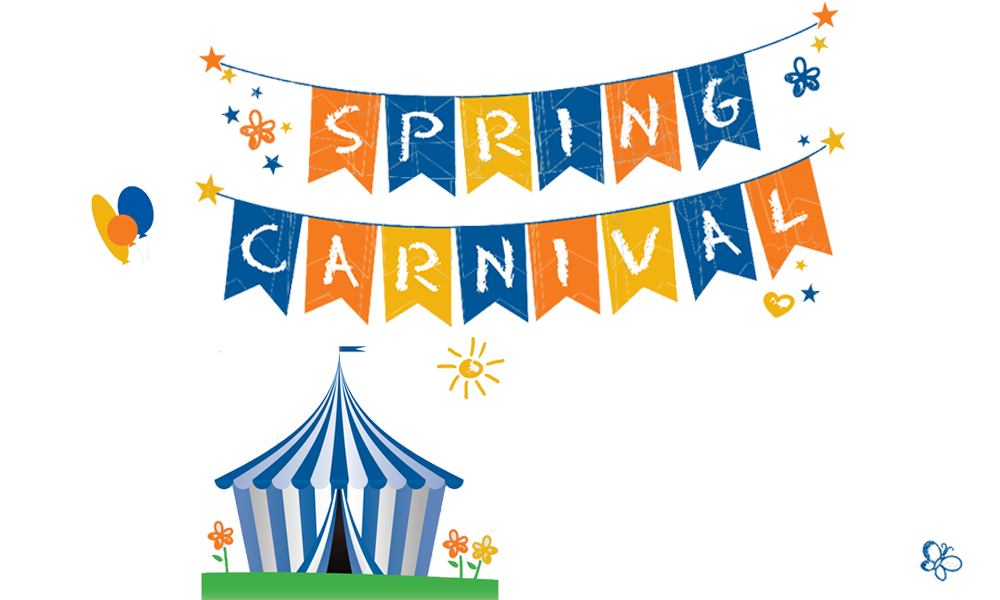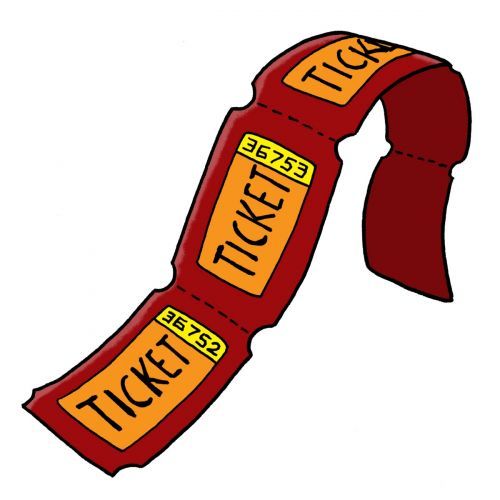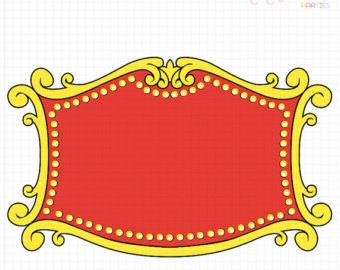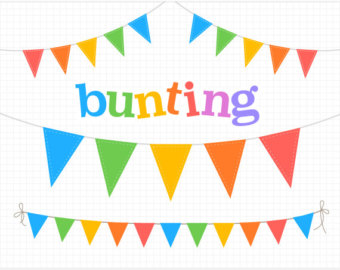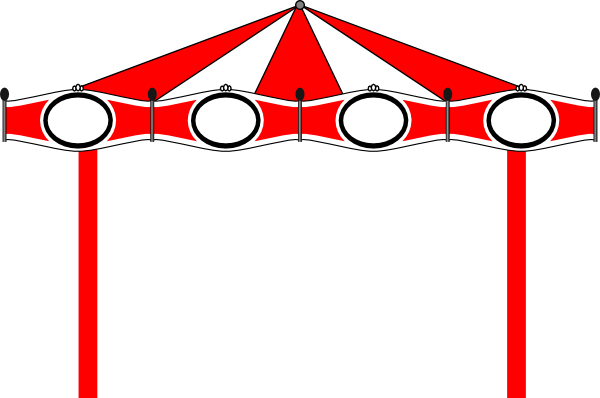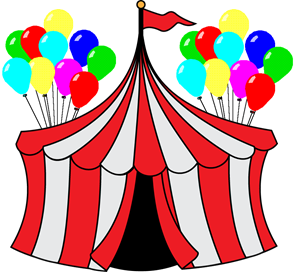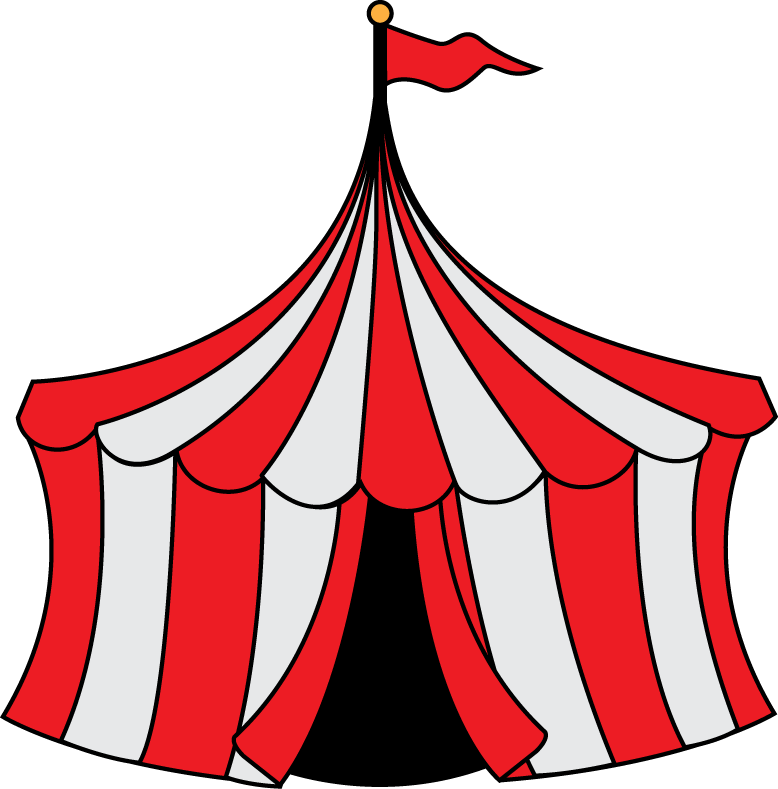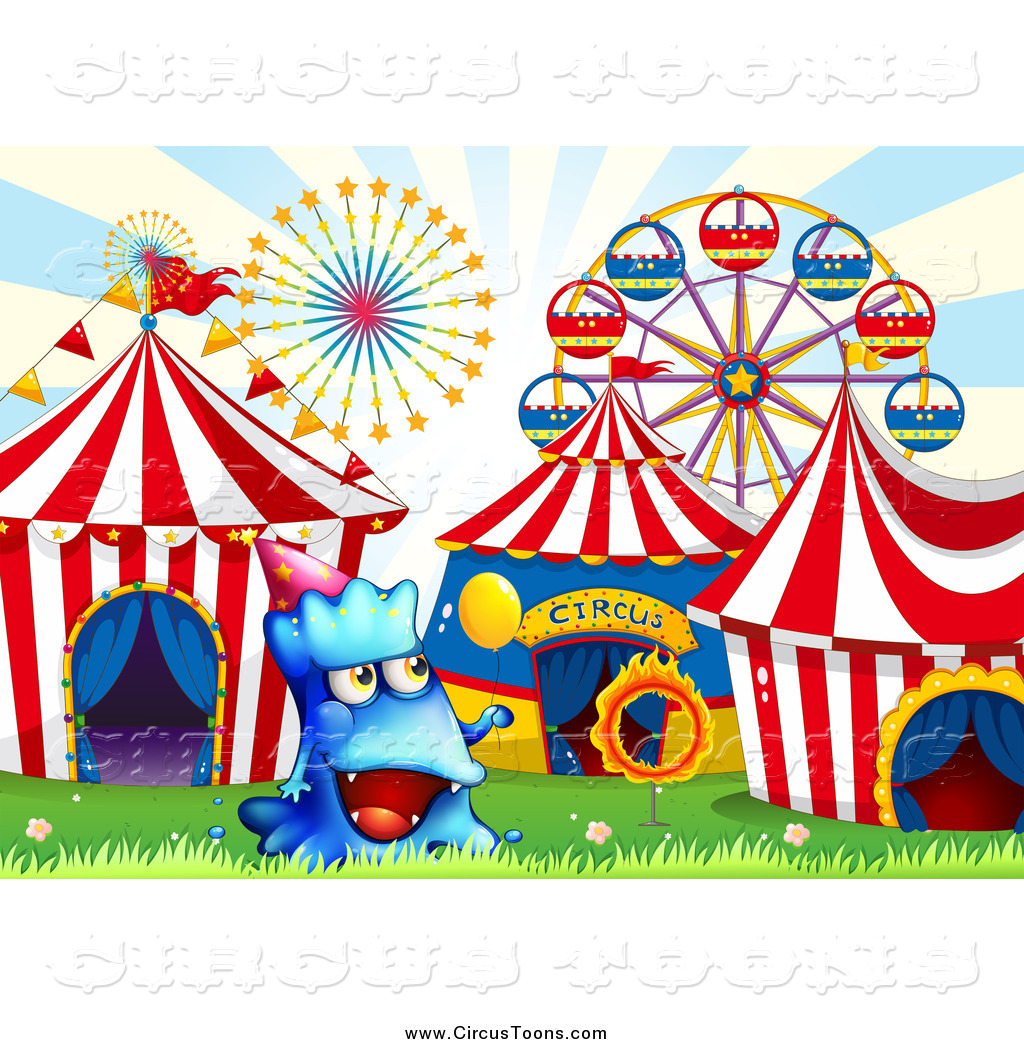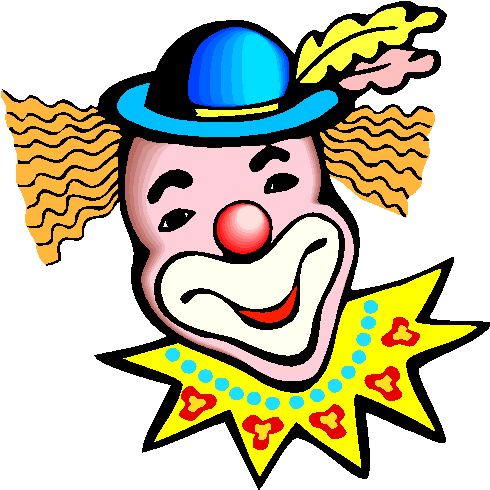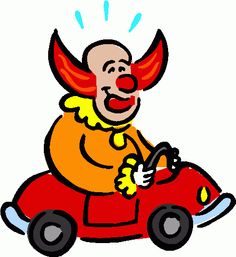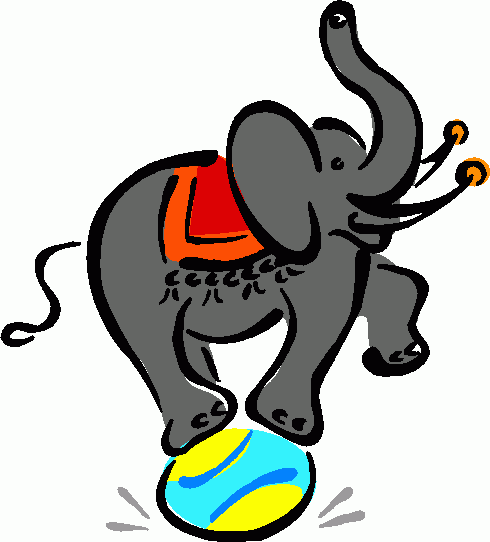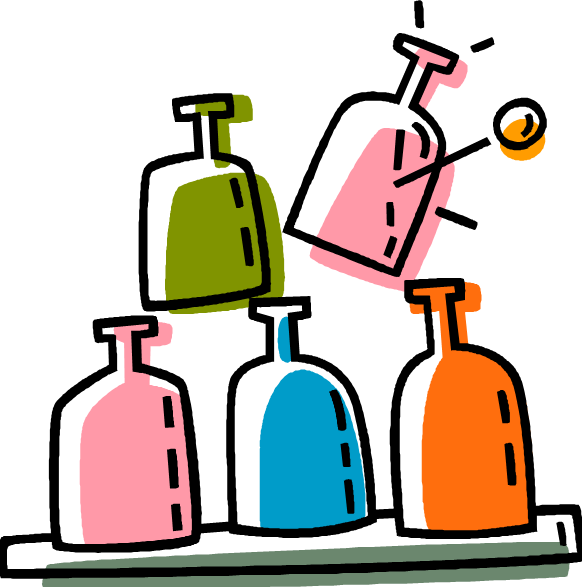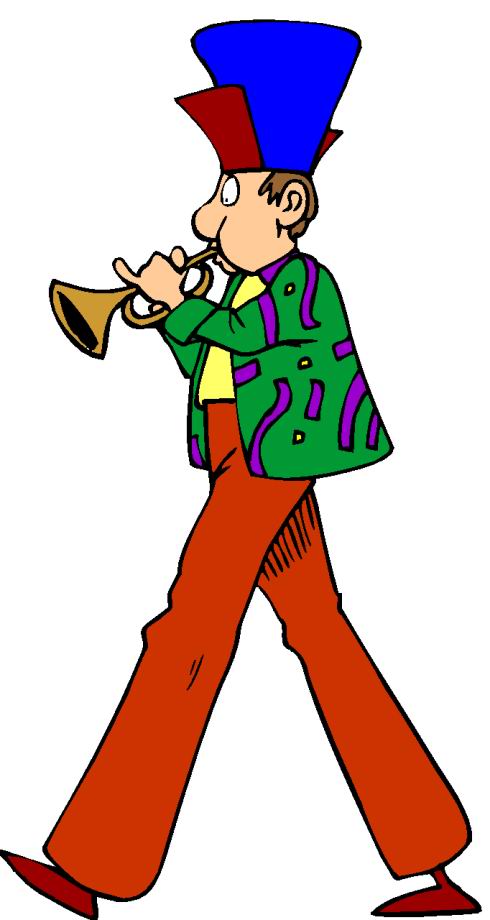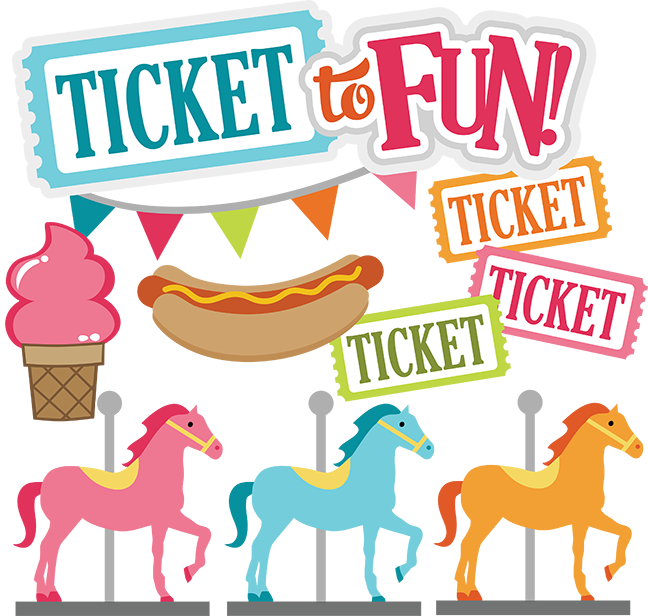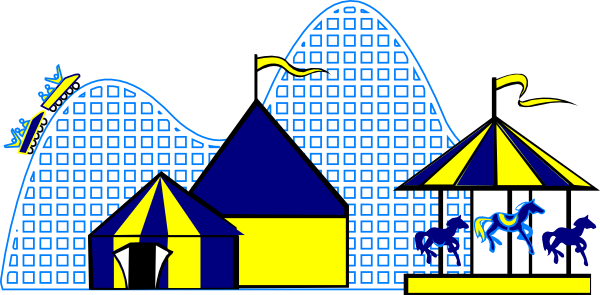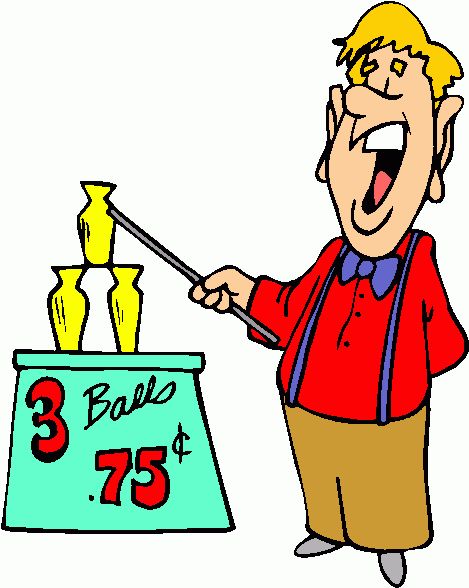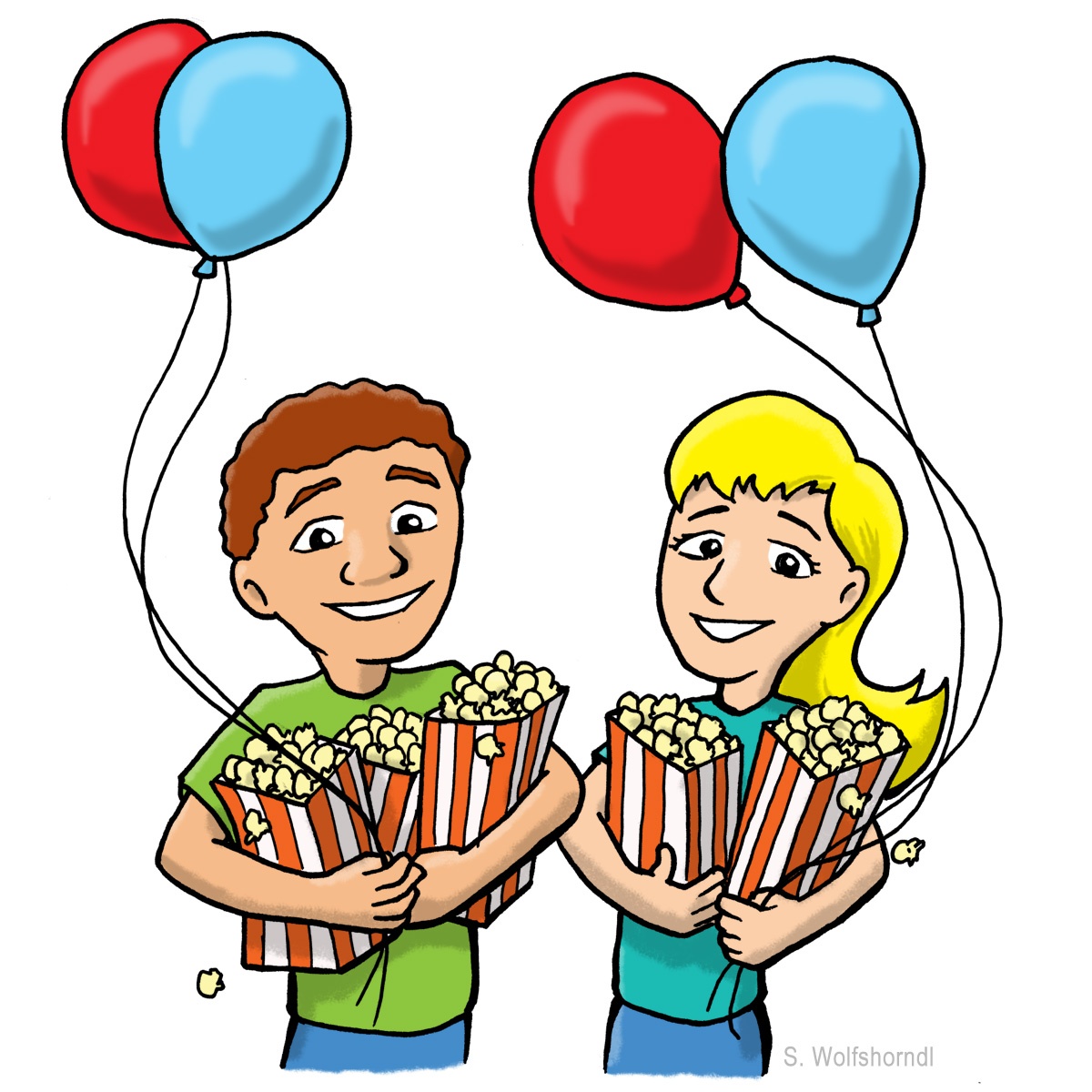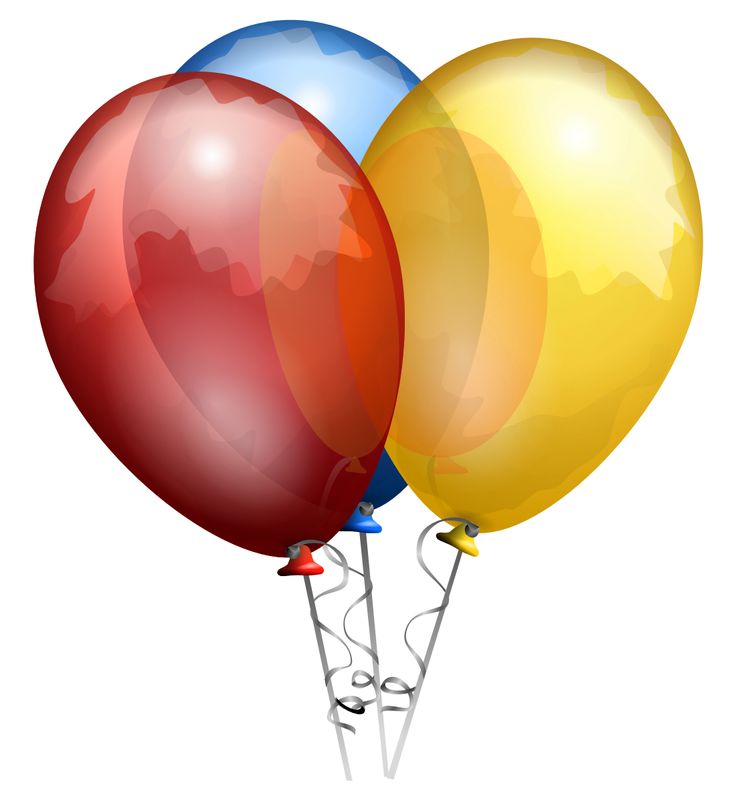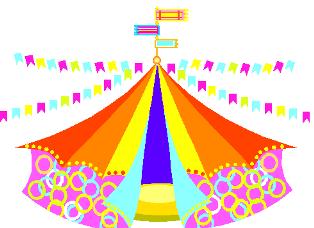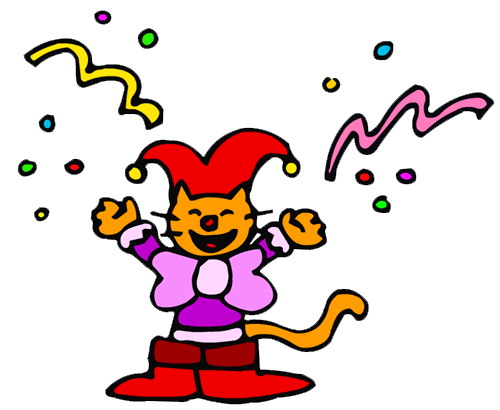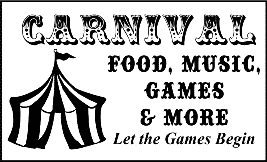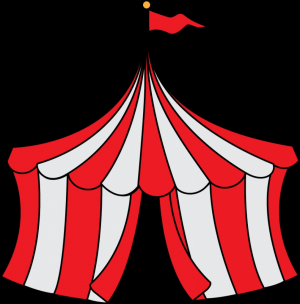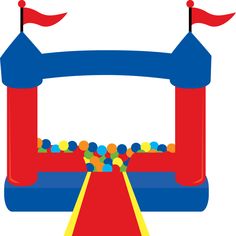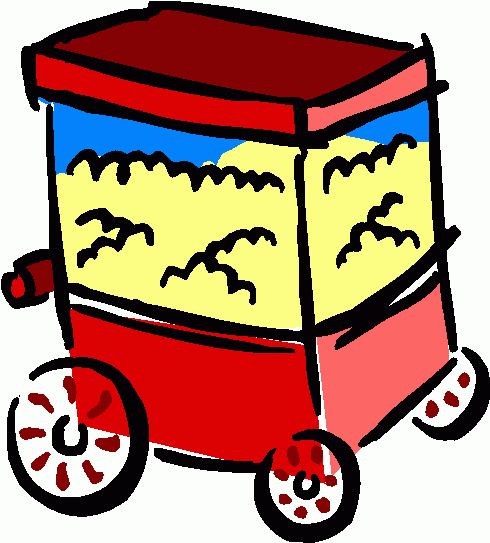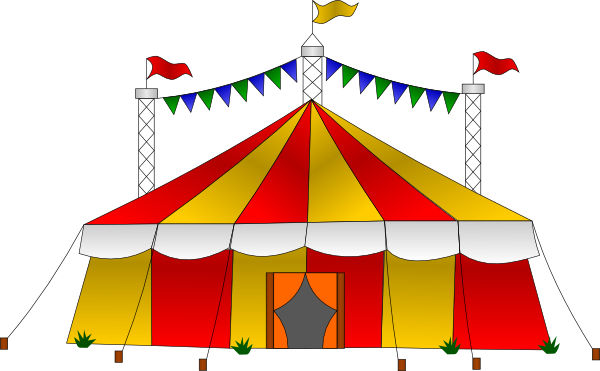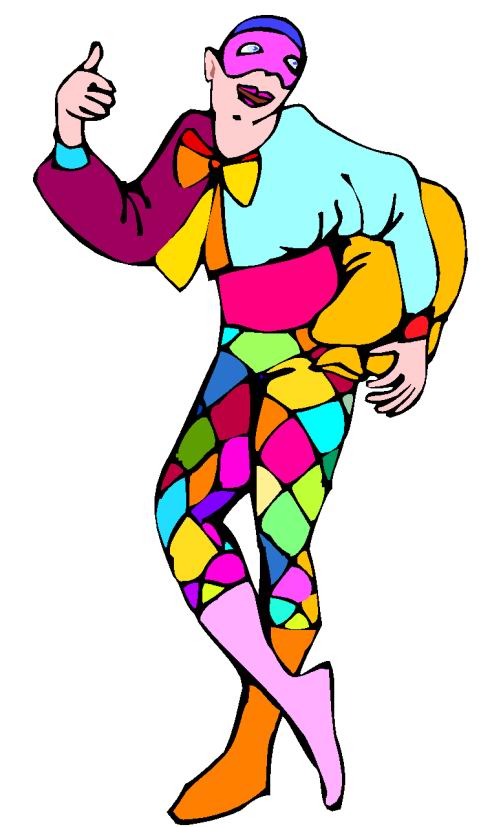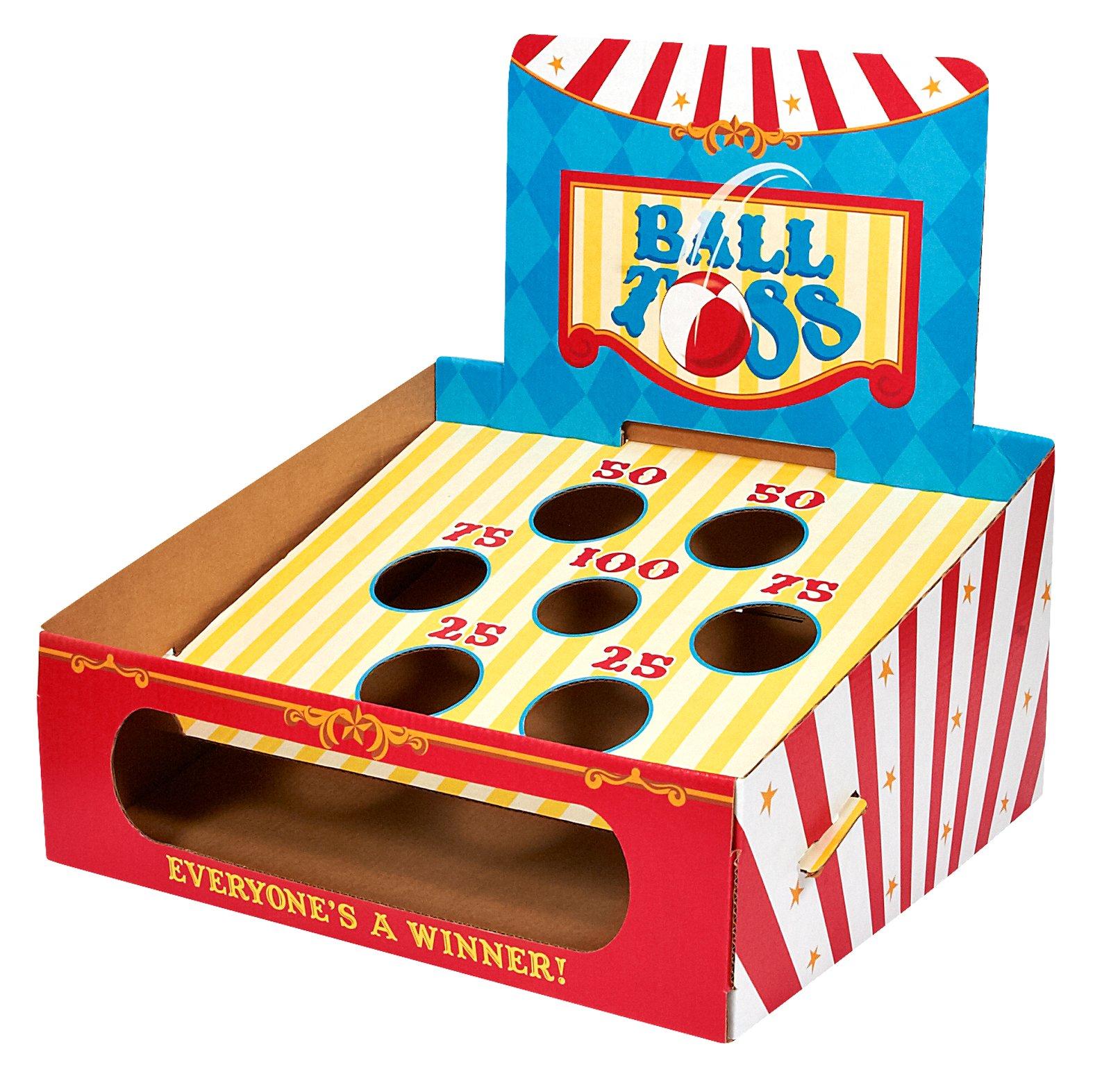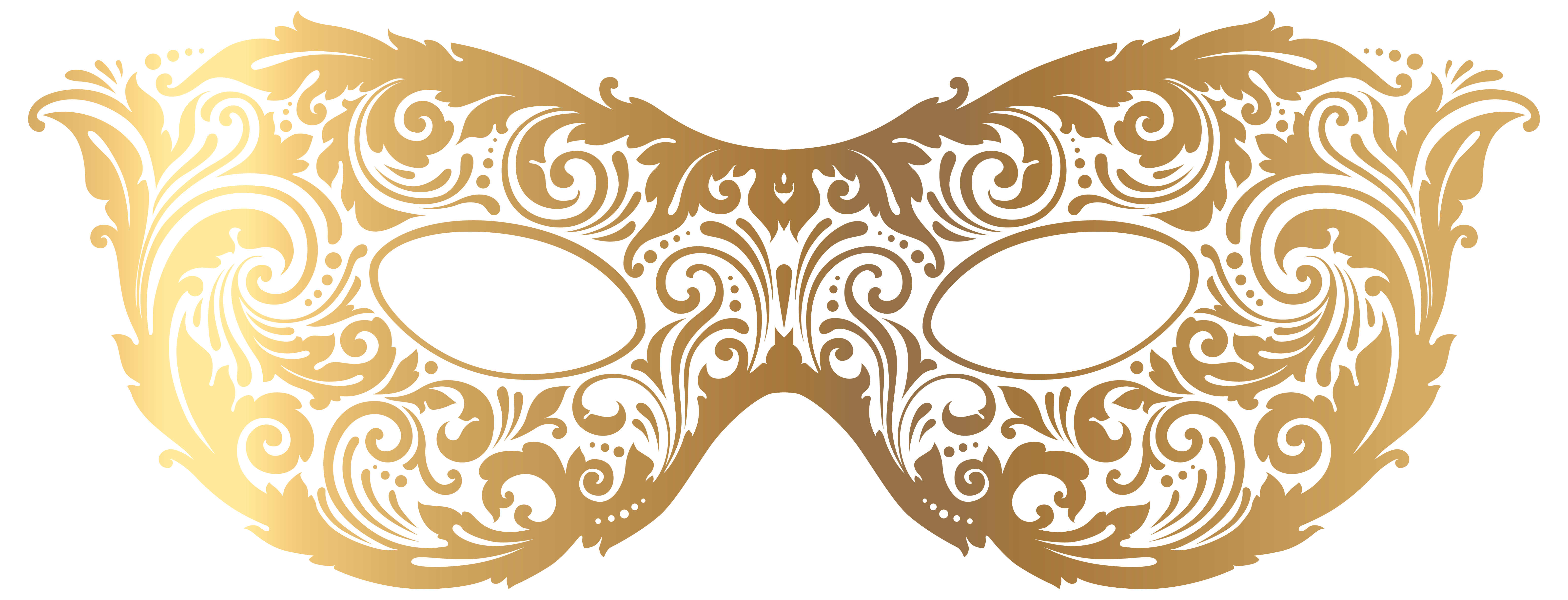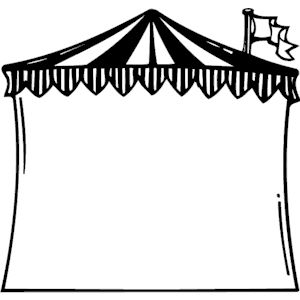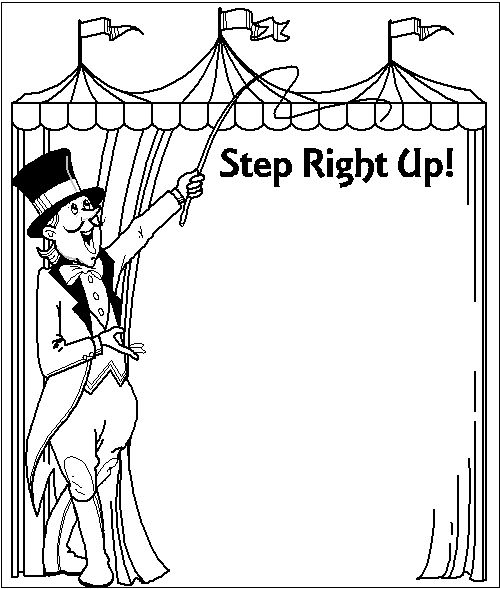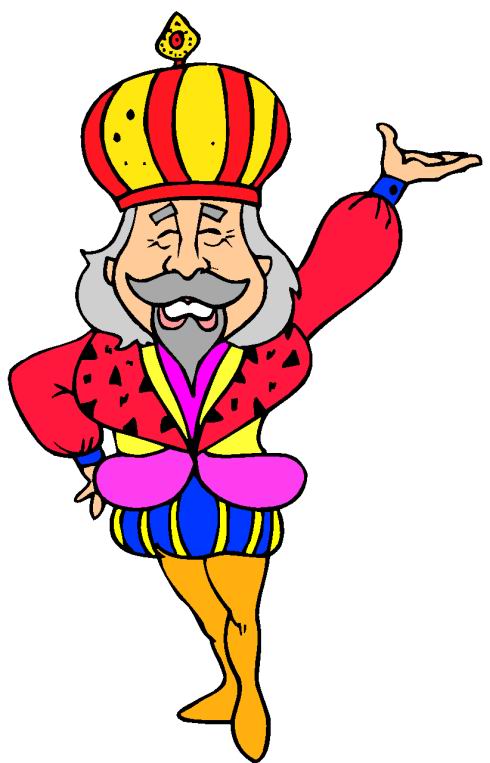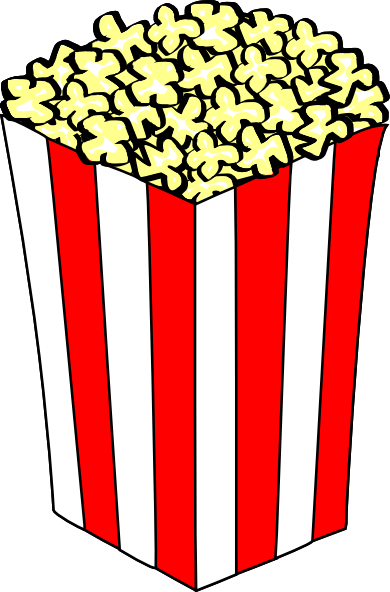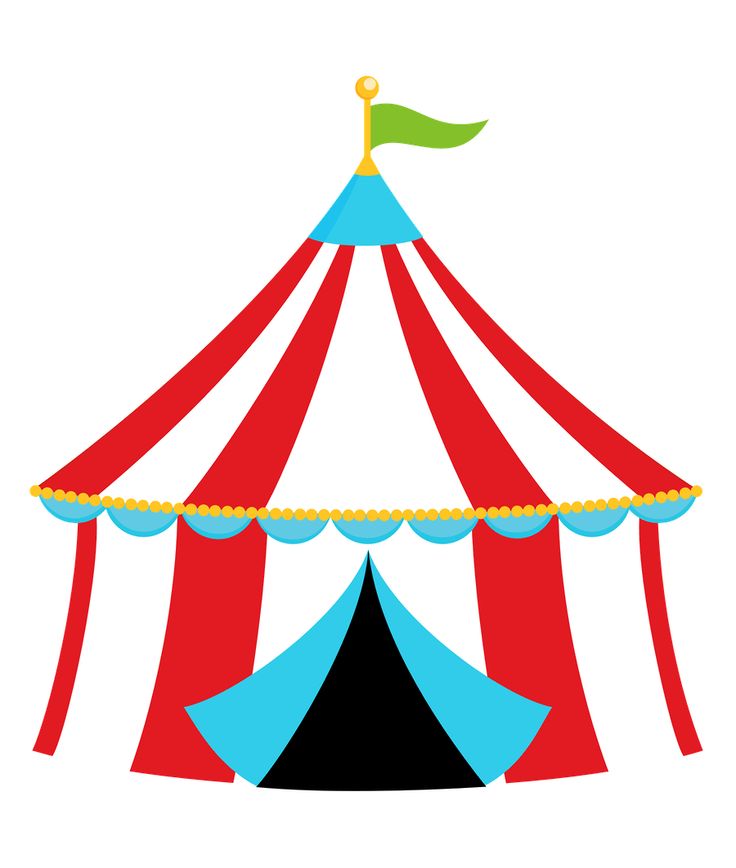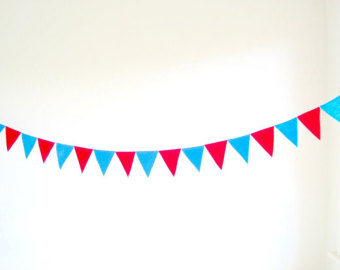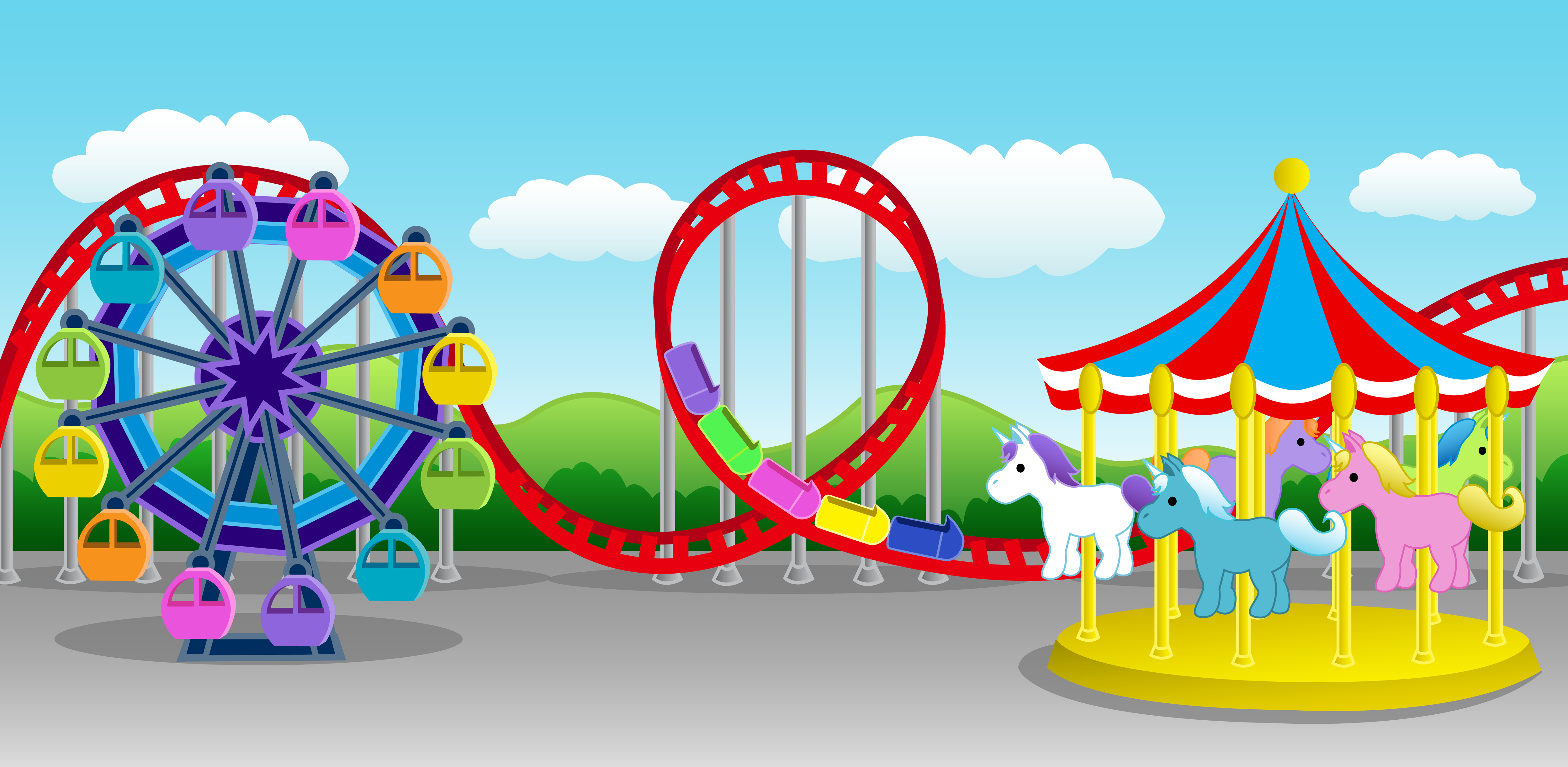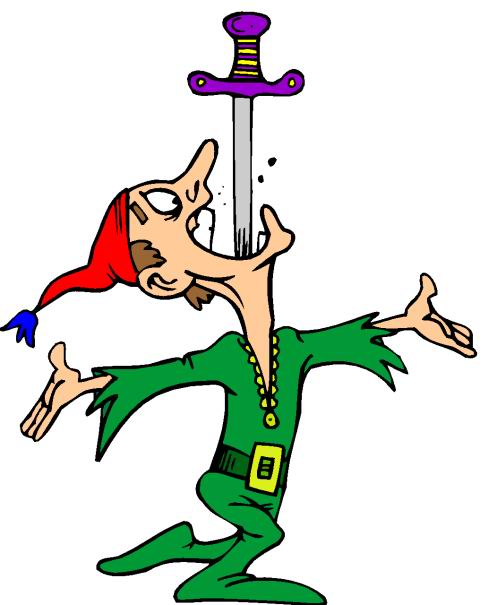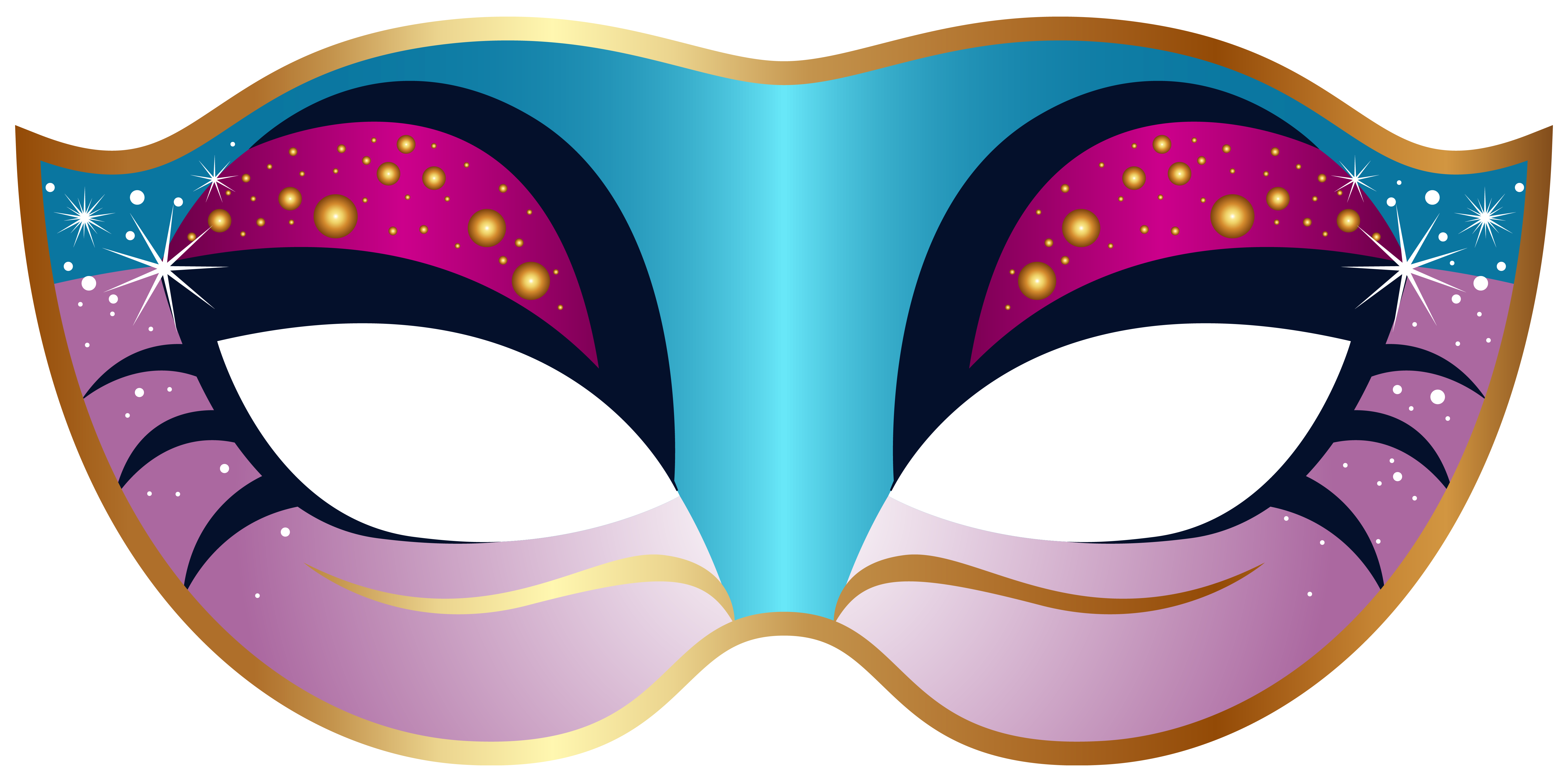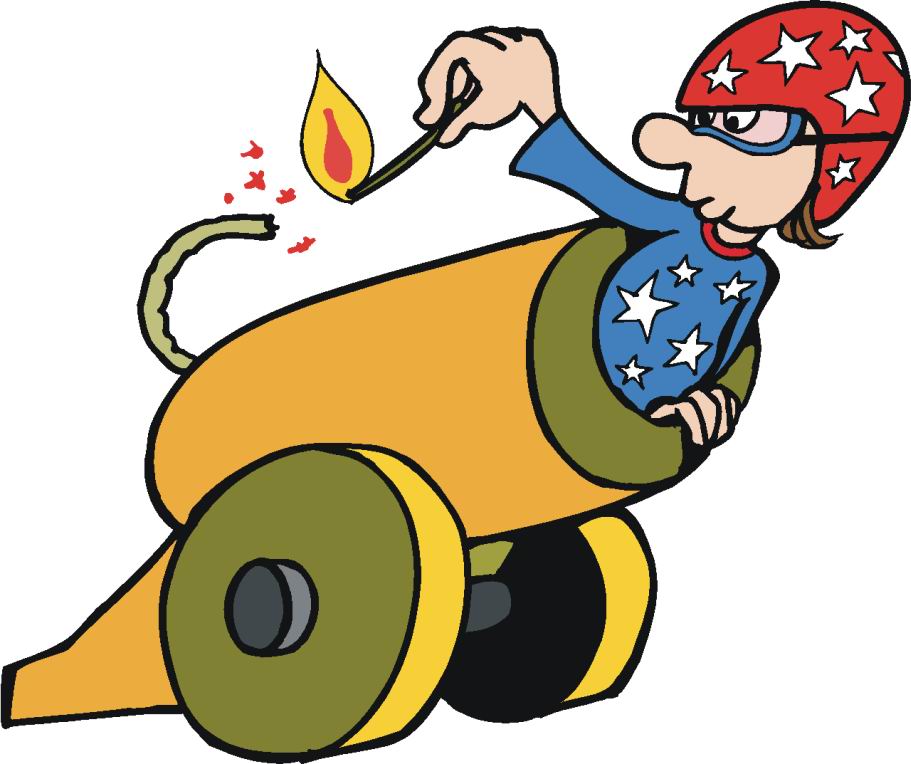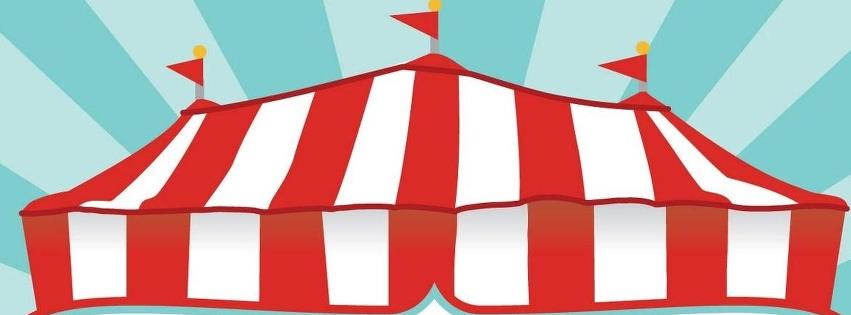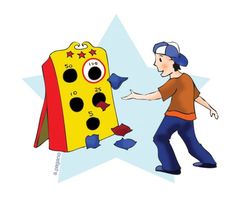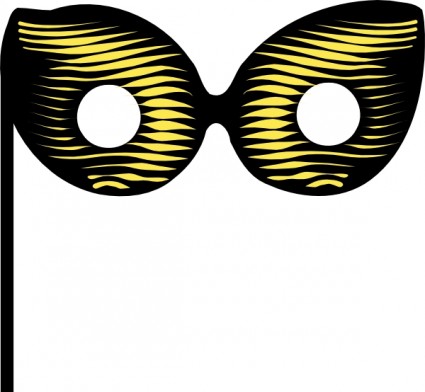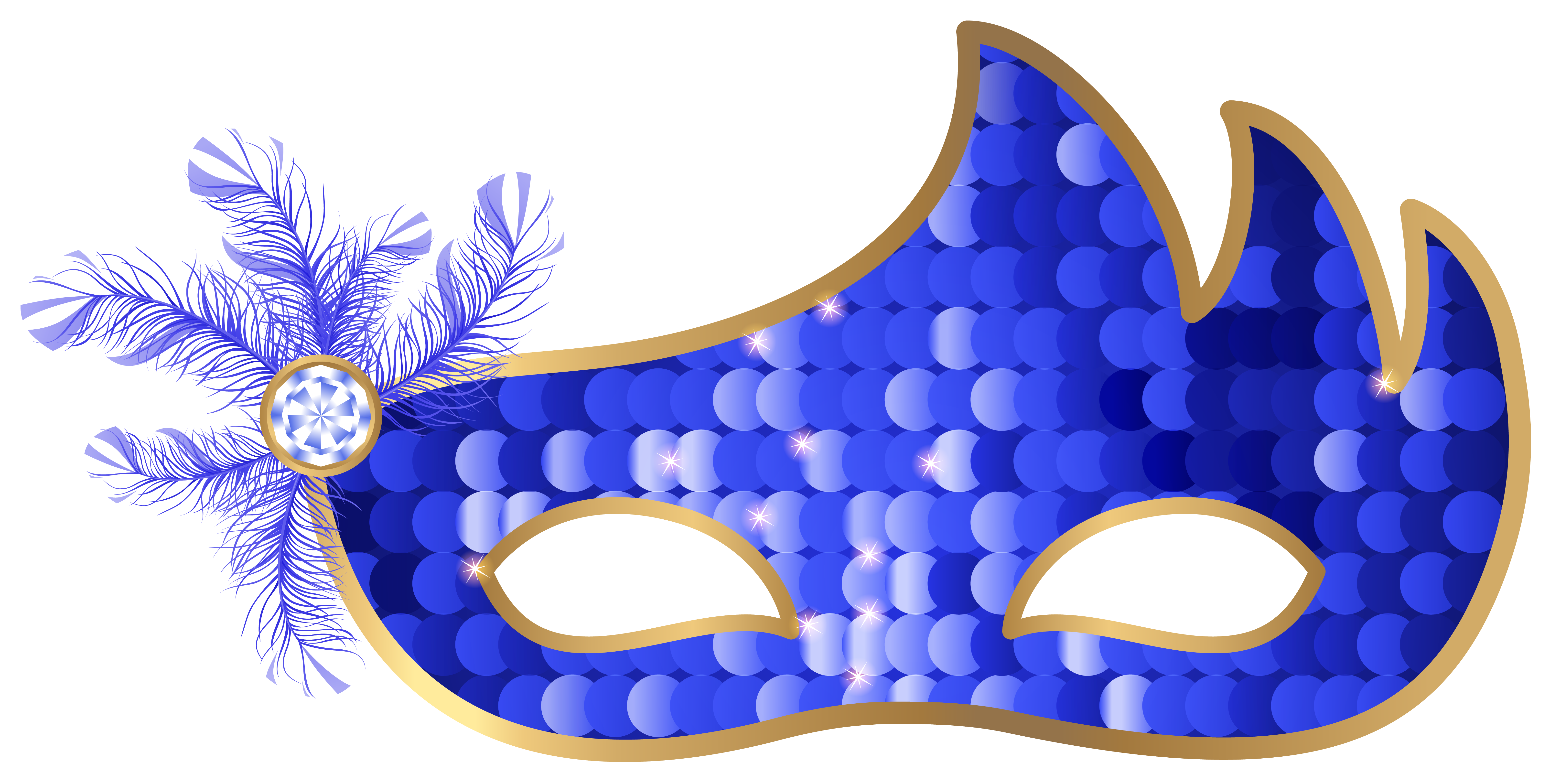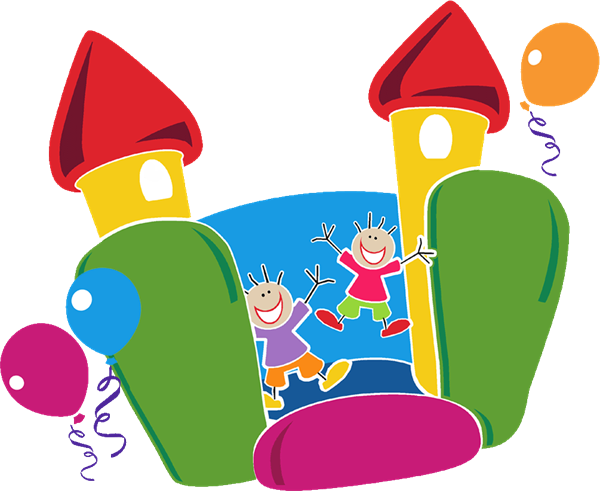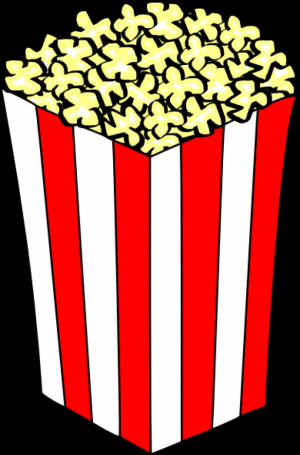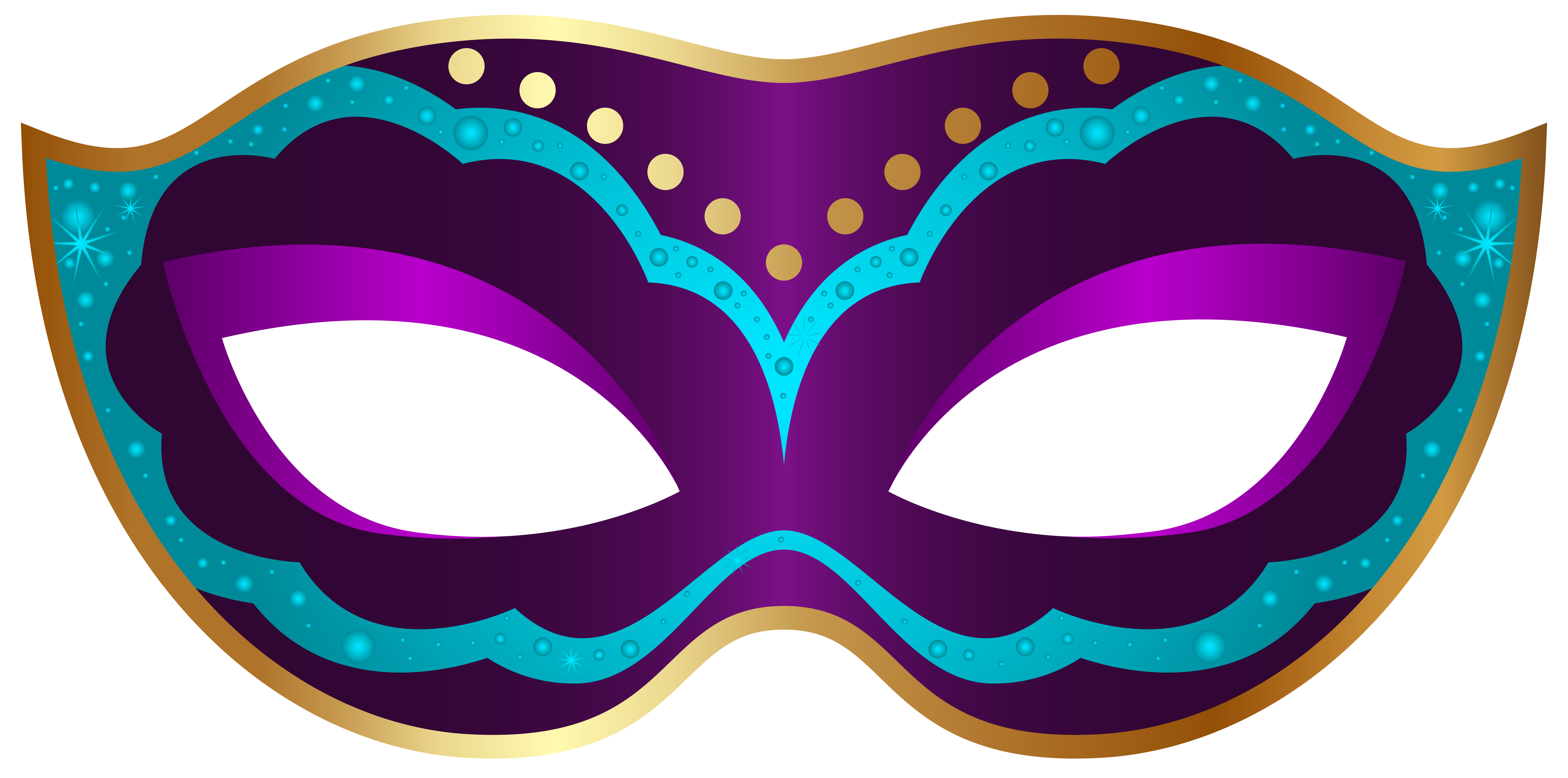Carnival Clip Art
A carnival is a public event featuring exciting entertainment, rides, colorful costumes, music, dancers, parades with floats, and lots of delicious food. Carnivals originated during festivals and celebrations in Europe during the middle ages. They grew into popular events before Lent each year, allowing people to celebrate and indulge before the austerity of 40 days of fasting. Now, carnival events large and small occur globally and year-round.
Popular Carnival Locations
Some of the world’s most famous and largest carnival festivities include:
- Rio Carnival, Brazil – Considered the biggest carnival celebration globally, with hundreds of street parties and over 2 million people daily.
- Venice Carnival, Italy – Dates back to the 15th century Renaissance era in Venice. Features elegant masks and costumes.
- Mardi Gras, New Orleans, USA – Fat Tuesday celebration before Lent, famous for jazz, parades, costumes, and food.
- Carnevale di Viareggio, Italy – Month long carnival with extensive parades and floats.
- Carnival of Santa Cruz de Tenerife, Spain – One of the largest carnivals in Europe based on tourism and attendees.
Common Carnival Festivities
Popular events and activities featured during carnival festivals include:
- Parades – Groups march down streets in colorful costumes with carnival floats often throwing beads, candy or toys to onlookers.
- Masquerade Balls – Lavish costumed dance events held at bars, event spaces, or makeshift venues.
- Street Food – Small food carts line the roads selling snacks, sweets, and local cuisine.
- Shows & Performances – Musicians, dancers, singers, and artists hold impromptu performances and flash mob style shows.
Carnival Floats
A key part of carnival parades are extravagantly decorated floats featuring vibrant colors, lights, and eye catching designs. Float sizes range from small trucks to massive multi-level movable stages. They may incorporate hydraulic features, smoke, bubbles, fireworks, and live music into the display. Float riders throw strings of beads into the crowd.
Carnival Costumes
Flamboyant, ornate costumes are a carnival mainstay often featuring feathers, sequins, jewels, and bright colors. Partygoers may wear full body suits, eye masks, decorative face paint or glitzy accessories that sparkle and draw attention as they dance down the streets. Masquerade ball attendees don elaborate baroque era masks with matching elegant gowns and suits. Costumes allow revelers to take on a mysterious alter ego relaxing social norms and propriety.
Carnival Music and Dances
The sounds of classic jazz, salsa beats, drums and horns fill the streets creating an energizing rhythm. Iconic carnival music includes War’s Mardi Gras classic “Hey Pocky A-Way” and the Brazilian samba drum beats. One dance strongly associated with carnivals is the lively Samba with its pulsing footwork, hip sways, spins, and rhythmic free-form style allowing individual creativity. The songs, rhythm and movement sweep up spectators who can’t resist dancing along the parade routes.
Symbolism and Tradition
While carnivals often feature decadence and excess, they still retain symbolic meaning and embody generations old traditions. Festivities leading up to Lent connect people to histories of food scarcity with meat heavy diets prior to fasting. Traditions include passing down secret family gumbo recipes only made during Mardi Gras season. The allegorical floats in early 20th century New Orleans krewes parades offered biting political critiques to establish cultural traditions of dissent and irreverence. Ancient European harvest celebrations live on in the Carnival of Venice’s slogan “Carnevale – Viva la Vida!”. For locals, traditions and symbolic meaning run as deep as Bacchus’s cup.
Economics of Carnivals
Major carnival events generate substantial economic revenue through tourism and sponsorship. Over one million international tourists flood Rio annually for carnival generating over $500 million USD for the city. The white flour used annually to make paczki pastries for Polish American Fat Tuesday celebrations exceeds stadium size loads. Alcohol, beads, and vibrant feather boas offered by local vendors earn individual merchant incomes rivaling entire year salaries in just the 5 day Mardi Gras celebration. Cities invest in elaborate parades and events knowing the substantial tax revenue and publicity carnivals provide from ticket sales, hotel stays and party spending.
Carnival Clip Art and Images
Carnival clipart contains brightly colored illustrations distilling visual icons into symbols like multi-hued masks, curled court jester shoes, harlequins, decorative fans, feathers, beads and martini glasses. Stock images showcase the peak moments of collective effervescence from carnivals with crowds dancing, flamboyant costumes on parade floats, fire in the distance from street parties, and aerial views of pulsing city streets swarming with hundreds of thousands of tiny people celebrating. These images aim to universally convey festivity by honing in on decorations and excitement.
Impact and Significance
As collective celebrations, carnivals produce social communitas allowing people from vastly different backgrounds to bond by dancing side by side and navigating crowded streets together often aided by alcohol’s social lubrication. Psychologically providing a pressure valve, carnival misrule overturns conventions, class hierarchies, manners and societal roles relieving tensions from strict social constraints the remainder of the year. Lifting spirits during annual cycles, the images, sounds and media of carnivals circulate globally representing peak social joy, frivolity and playfulness in the public consciousness.
In this page clipartix present 59 carnival clipart images free for designing activities. Lets download Carnival Clip Art that you want to use for works or personal uses.
